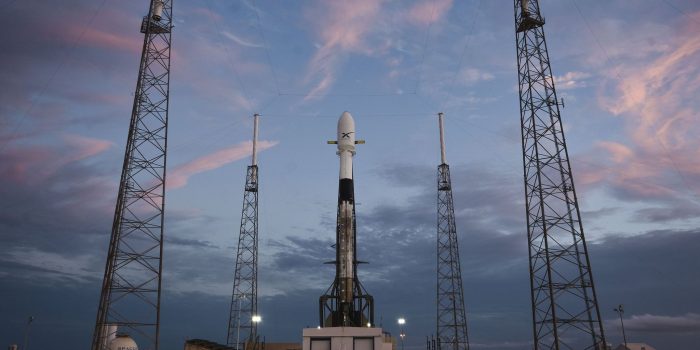A filing with the FCC has suggested that SpaceX will be launching a new Starlink broadband satellite system soon. This could help the company keep up with the increase in demand.
The company wants to connect current user terminals to upcoming satellites in geosynchronous orbit (NGSO) and needs a special temporary authorization (STA) from the FCC for 60 days. If SpaceX manages to get that, it can provide Gen 2 services while the FCC investigates its request for longer-term authority.
SpaceX told the FCC that once its satellites are functional, consumers can use the extra capacity for low-latency broadband services through its updated, next-generation NGSO system.
This is being proposed because the hundreds of first-generation Starlink satellites sent into orbit on Falcon 9 rockets this year are experiencing congestion on its broadband network, according to SpaceNews.
SpaceX tweeted on December 19 that Starlink now had over one million “active subscribers,” up from the 250,000 the firm claimed it had in March.
To date, more than 3,600 Starlink satellites have been launched by SpaceX using Falcon 9 rockets. Out of those, it is estimated that 3,300 of the 4,408 Gen1 satellites allowed by the FCC are still in space.
The new satellites will be more capable and invisible to the naked eye. SpaceX thinks that Gen 2 will add new features like direct-to-smartphone services and more space for people who already use Starlink.
The Starlink satellites will be “invisible to the human eye while at their typical operational altitude” if they are as effective as SpaceX says.
The regulator also put off deciding on SpaceX’s plan to put tiny radio frequency beacons on Gen2 satellites. The company says the beacons will make the satellites safer by performing unique telemetry, tracking, and command (TT&C) tasks.
SpaceX says that the beacons could send messages about tracking telemetry about once every 100 seconds on average.
According to a letter from SpaceX’s senior director of satellite policy David Goldman to the FCC dated December 15, “once the satellites reach their intended orbit, the beacons will be shut off, only to transmit again if commanded in the unlikely event of an emergency,”
“Such capability will enable SpaceX to continue to lead the industry in space stewardship by formally including a redundant backup TT&C system on its already-advanced Gen2 satellites,” he added.
Another Starlink mission will be sent on December 28, depending on weather and technical problems.


